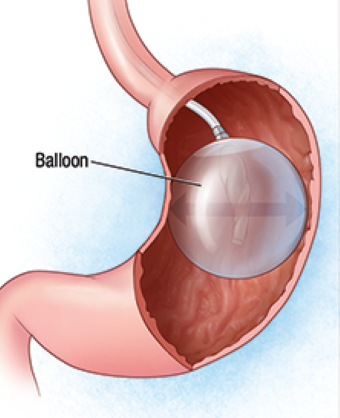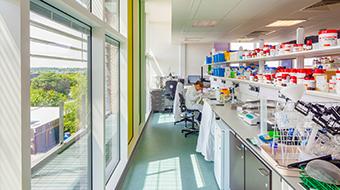My Medical Record (Haematology)
Your guide to self-supported management and remote monitoring
Useful definitions:
- Lymphoma - cancer that develops in the lymphatic system.
- Haematology - the study of blood and blood disorders.
- Supported self-management - enables you to take a leading role in your follow-up with support from the cancer support team.
- Remote monitoring – enables you and your clinical team to monitor your health and review your plan of care without needing to do this face-to-face.
Lymphoma monitoring
North Bristol NHS Trust uses a secure website called My Medical Record to monitor patients with lymphoma remotely. We do this with regular reviews. For each review you will have blood tests at your GP and complete an online questionnaire.
At the start of your remote monitoring, the Haematology Team will discuss your plan with you. You will also be introduced to supported self-management. Here is a short video about My Medical Record:
Please contact the team by email (HaematologyMMR@nbt.nhs.uk) if you have further questions and to be registered. We will then provide your login details.
How often you have reviews depends on how long ago you were diagnosed and/or treated. Your monitoring plan will be made clear on the website. The website allows you to view your blood results and useful resources for keeping well. You will also be able to directly message your Haematology Team.
Using My Medical Record reduces the need for routine follow up hospital appointments and helps to keep you up to date with your monitoring. If you are not able to use My Medical Record, your monitoring will continue with routine hospital or phone appointments.
What tests will you have?
- Full blood count (FBC).
- Liver function tests (LFT).
- Urea and electrolytes (U and Es).
Blood tests will be done at your GP surgery or other community setting. You should arrange to have these done 1-2 weeks before the suggested review dates in your monitoring plan.
You will be able to see your results on the My Medical Record website as soon as they are available. The Haematology Team will contact you if any action is needed.
You will also be asked to complete regular symptom questionnaires to help monitor your lymphoma. These will be available on the My Medical Record website and reviewed by the Haematology Team. The symptom questionnaire will ask the following questions:
- Have you noticed any new lumps or lymph glands that have been present for more than 2 weeks or are getting bigger?
- Have you had any significant, unexplained weight loss?
- Have you had any persistent, unexplained drenching night sweats?
- Have you had a persistent temperature of 38°C or above which is not explained by infection?
- Have you had recurrence of any other symptoms that were present when your lymphoma was diagnosed?
- If your test results are within your expected range and you have no concerning symptoms, you will receive confirmation of this by letter. No action will be required until your next planned review.
- If your test results or symptom questionnaire require further review, a member of your Haematology Team will contact you to discuss this.
Useful information available on MMR
Local and national information including websites, leaflets, and videos are available on MMR. They cover topics such as:
- Managing the side effects of treatment.
- Healthy lifestyle.
- Support groups.
How to contact us
Email: HaematologyMMR@nbt.nhs.uk
Clinical Nurse Specialist
07545 421893
If no answer, please leave a message. We aim to respond within two working days.
© North Bristol NHS Trust. This edition published April 2025. Review due April 2028. NBT003708
Support your local hospital charity

See the impact we make across our hospitals and how you can be a part of it.



